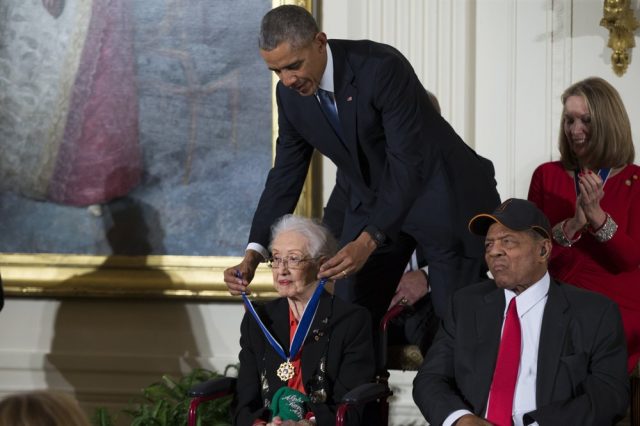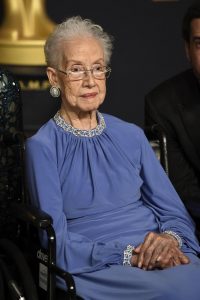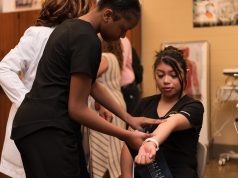
Associated Press
HAMPTON, Va. (AP) — NASA says Katherine Johnson, a

mathematician who worked on NASA’s early space missions and was portrayed in the film “Hidden Figures,” about pioneering black female aerospace workers, has died.
In a Monday morning tweet, the space agency said it celebrates her 101 years of life and her legacy of excellence and breaking down racial and social barriers.
Johnson was one of the so-called “computers” who calculated rocket trajectories and earth orbits by hand during NASA’s early years.
Until 1958, Johnson and other black women worked in a racially segregated computing unit at what is now called Langley Research Center in Hampton, Virginia. Their work was the focus of the Oscar-nominated 2016 film.
In 1961, Johnson worked on the first mission to carry an American into space. In 1962, she verified computer calculations that plotted John Glenn’s earth orbits.
At age 97, Johnson received the Presidential Medal of Freedom, the nation’s highest civilian honor.
Johnson focused on airplanes and other research at first. But her work at NASA’s Langley Research Center eventually shifted to Project Mercury, the nation’s first human space program.
“Our office computed all the (rocket) trajectories,” Johnson told The Virginian-Pilot newspaper in 2012. “You tell me when and where you want it to come down, and I will tell you where and when and how to launch it.”
In 1961, Johnson did trajectory analysis for Alan Shepard’s Freedom 7 Mission, the first to carry an American into space. The next year, she manually verified the calculations of a nascent NASA computer, an IBM 7090, which plotted John Glenn’s orbits around the planet.




